In a very educating interview held by American Cinematographer, with ASC associate member and Panavision Senior Vice President of Optical Engineering and Lens Strategy Dan Sasaki, the lens behind Oppenheimer is revealed. Let’s read more about this “wide-angle microscope” lens (as defined by DP Hoyte van Hoytema).
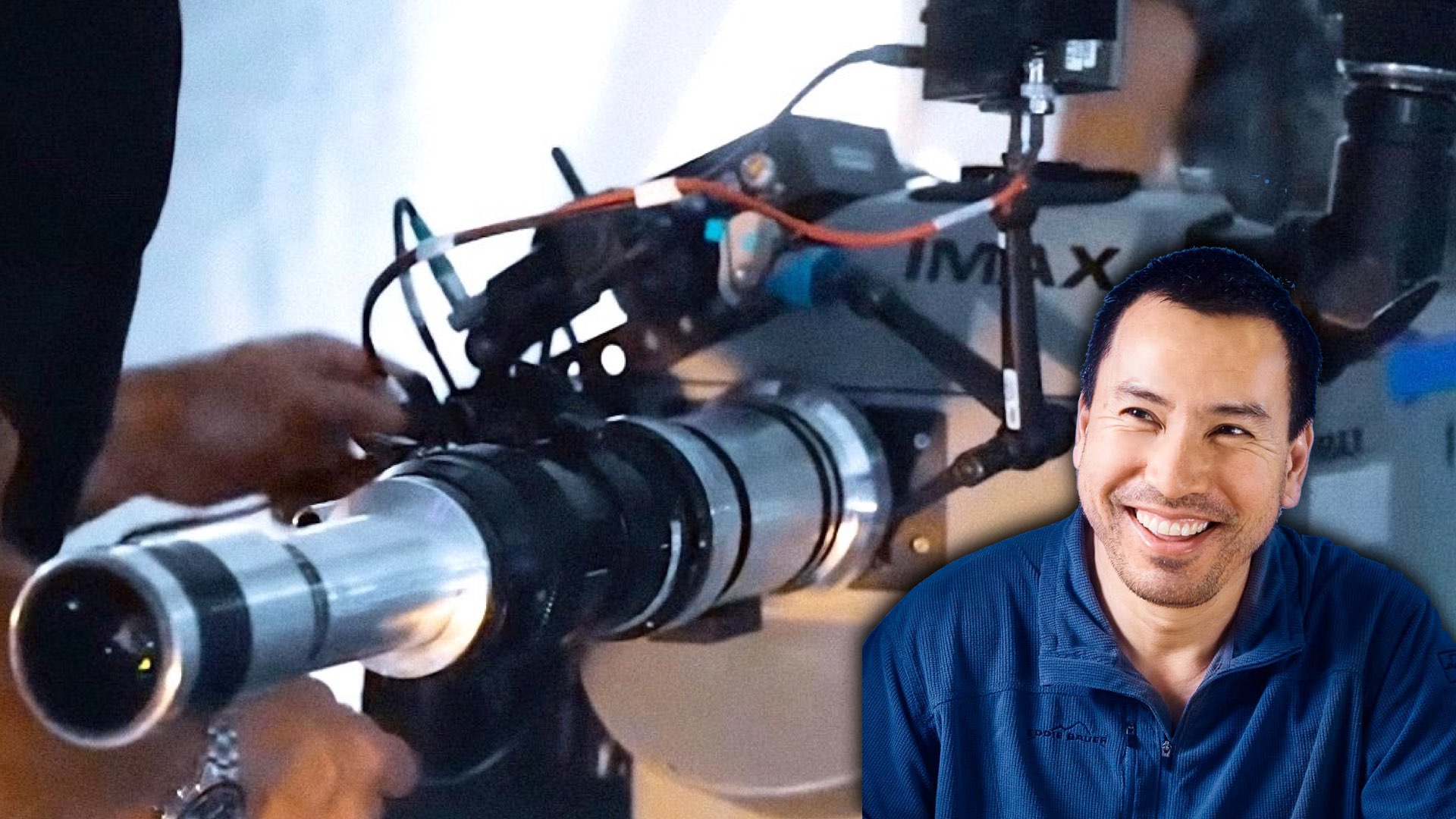
Prob lens for IMAX
We wrote a couple of articles regarding the lenses that shot Christopher Nolan’s Oppenheimer. DP Hoyte van Hoytema has asked Panavision to develop a dedicated prob lens, to b paired on the IMAX camera in order to allow macro /micro shots. These shots were so important for the crew to reduce VFX and apply a more practical approach as Nolan’s style dictates. He even said that they came up with some very interesting analog methods of how to shoot Oppenheimer. So there you go. Thanks to an interview held by American Cinematographer, Panavision Senior Vice President of Optical Engineering and Lens Strategy Dan Sasaki sheds more light on the unique lens developed for Hoytema.
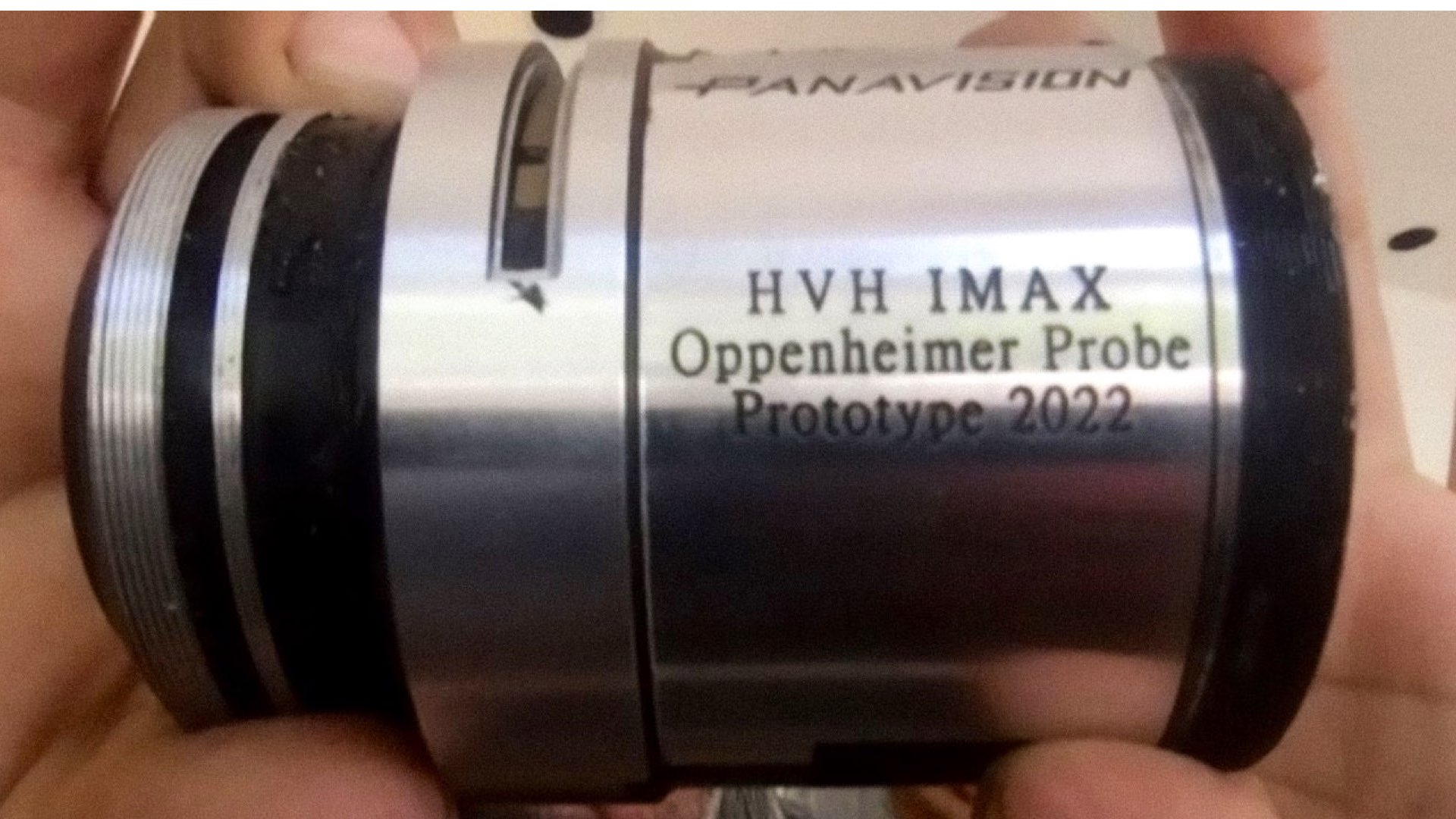
A version of the ‘Dunkirk lens’
It appears that this is not the first time a probe lens has been used by an IMAX film camera. The ‘Oppenheimer lens’ can be defined as the successor of the ‘Dunkirk lens’. As Saki stated: “Hoytema really couldn’t say what he was trying to do, because any project with Chris Nolan is generally very top-secret. All he said was that he wanted a waterproof probe lens that would focus very close, to cover whatever format we could. Then we said, ‘Well, what camera?’ And he said, ‘Can you make it work for IMAX?’ We told him it was going to be a challenge, but then I remembered we built large-format probes for the airplane cockpits in Dunkirk, so we started with that basic optical relay and modified it to be waterproof… We basically copied what we did for Dunkirk’s cockpit relay, modifying its optics for the IMAX diagonal”.
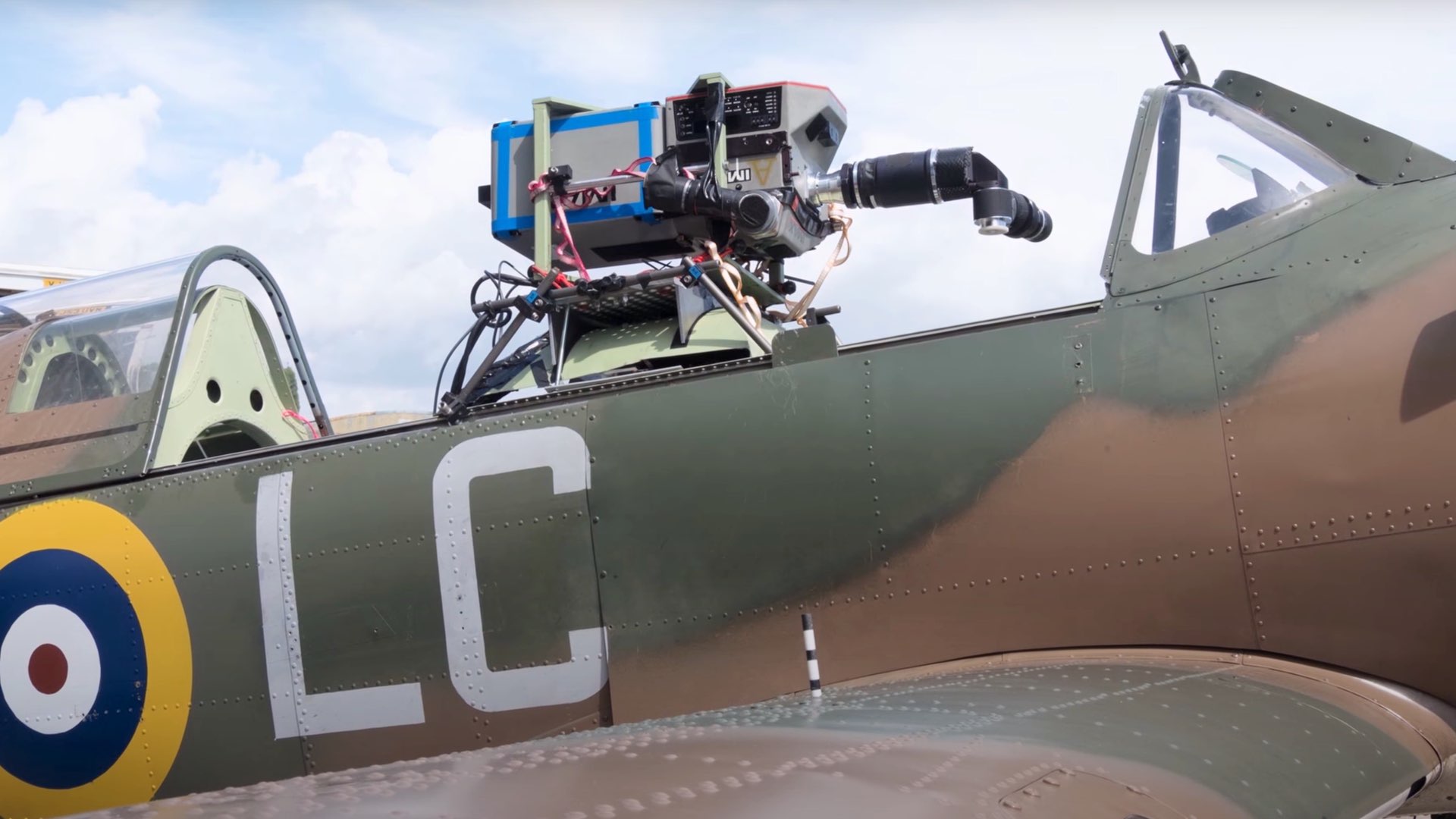
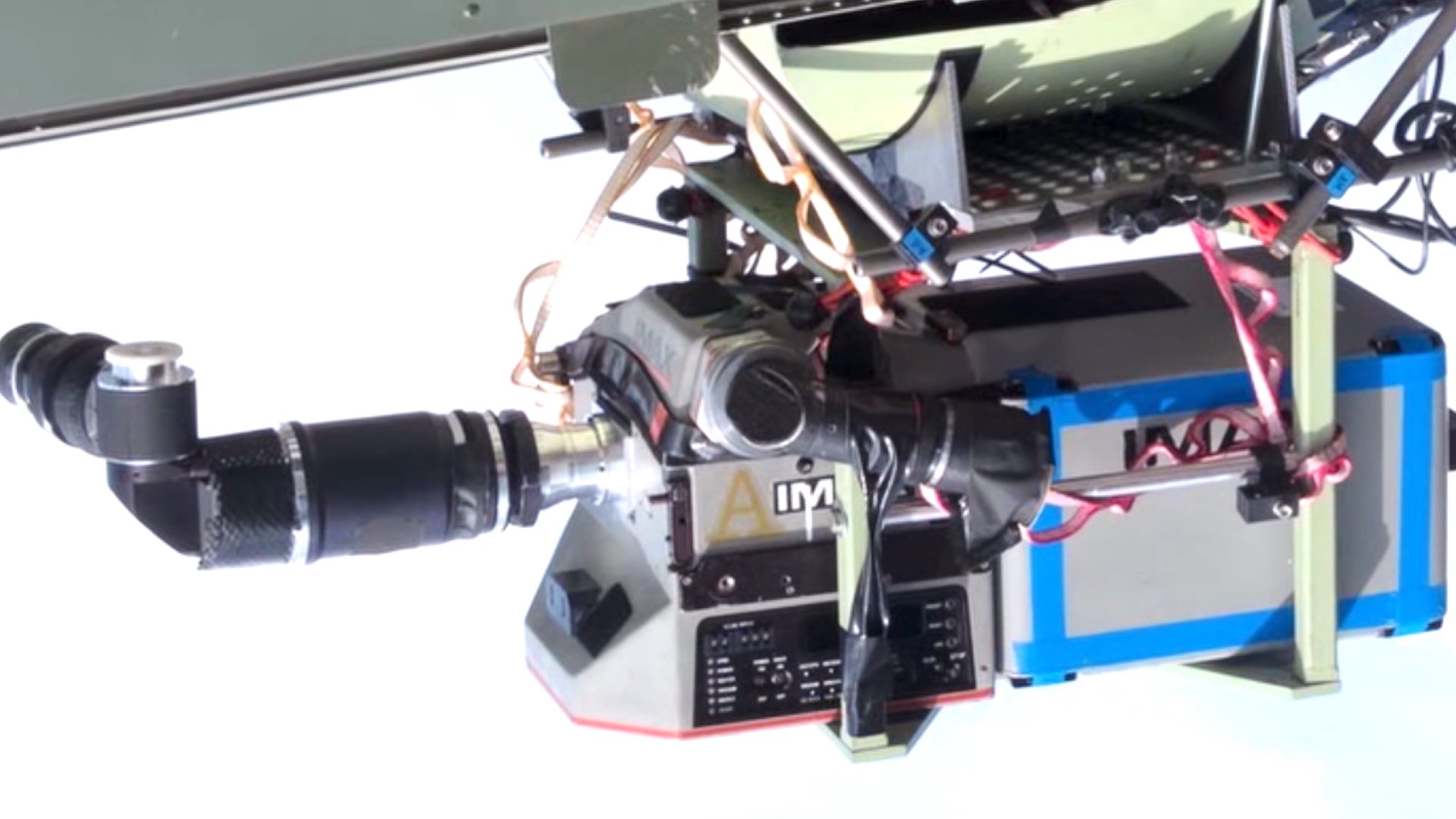
A ‘wide-angle microscope for IMAX’
Sasaki explains: “Hoytema started dropping little hints that they were photographing ‘particles’. So we said, ‘Oh, you want a microscope’. And he goes, ‘Yeah, a wide-angle microscope for IMAX’. We came up with a proof of concept for 65mm and IMAX cameras that were not even close to being waterproof, but it worked. That led to the next iteration, with 35mm and 24mm equivalent objectives. We built the 35mm first, knowing that 24mm would be more difficult. After more testing, Hoyte asked us for closer focus to ensure it can go at least nine inches below the water’s surface. Our next step was to make it waterproof and set the lens stops. Initially, they were testing the probe with a waterproof membrane in the side of the tank that limited the diameter of the relay, but because the depth of field was so shallow, he was working at deeper stops, which accommodated smaller glass elements and shrunk the size of the probe”.
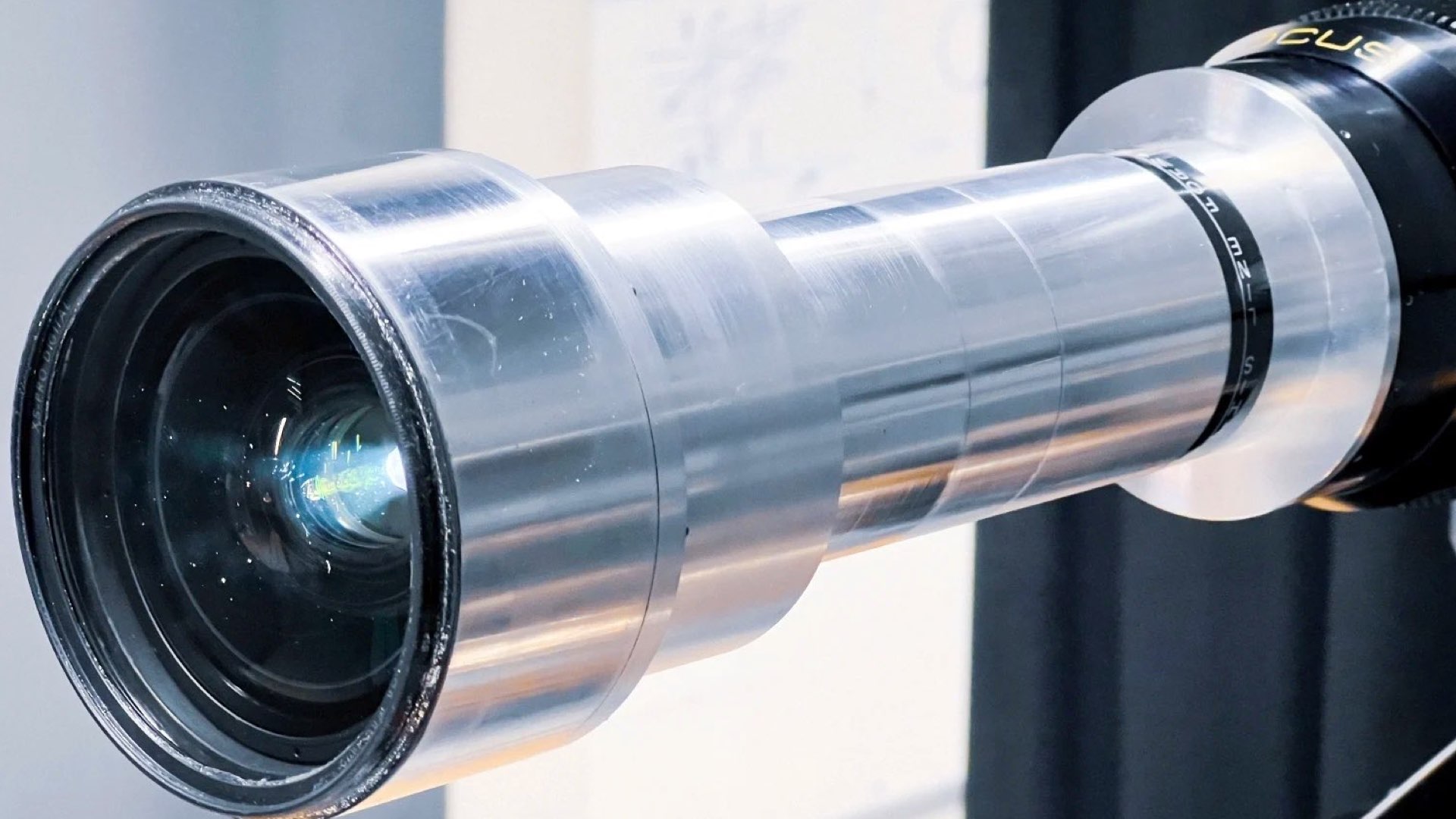
For the whole interview with Sasaki, head to American Cinematographer. Haven’t watched Oppenheimer yet? You have less than one week to watch it on an IMAX screen. Explore the Official Oppenheimer Large Formats Guide for more viewing options.

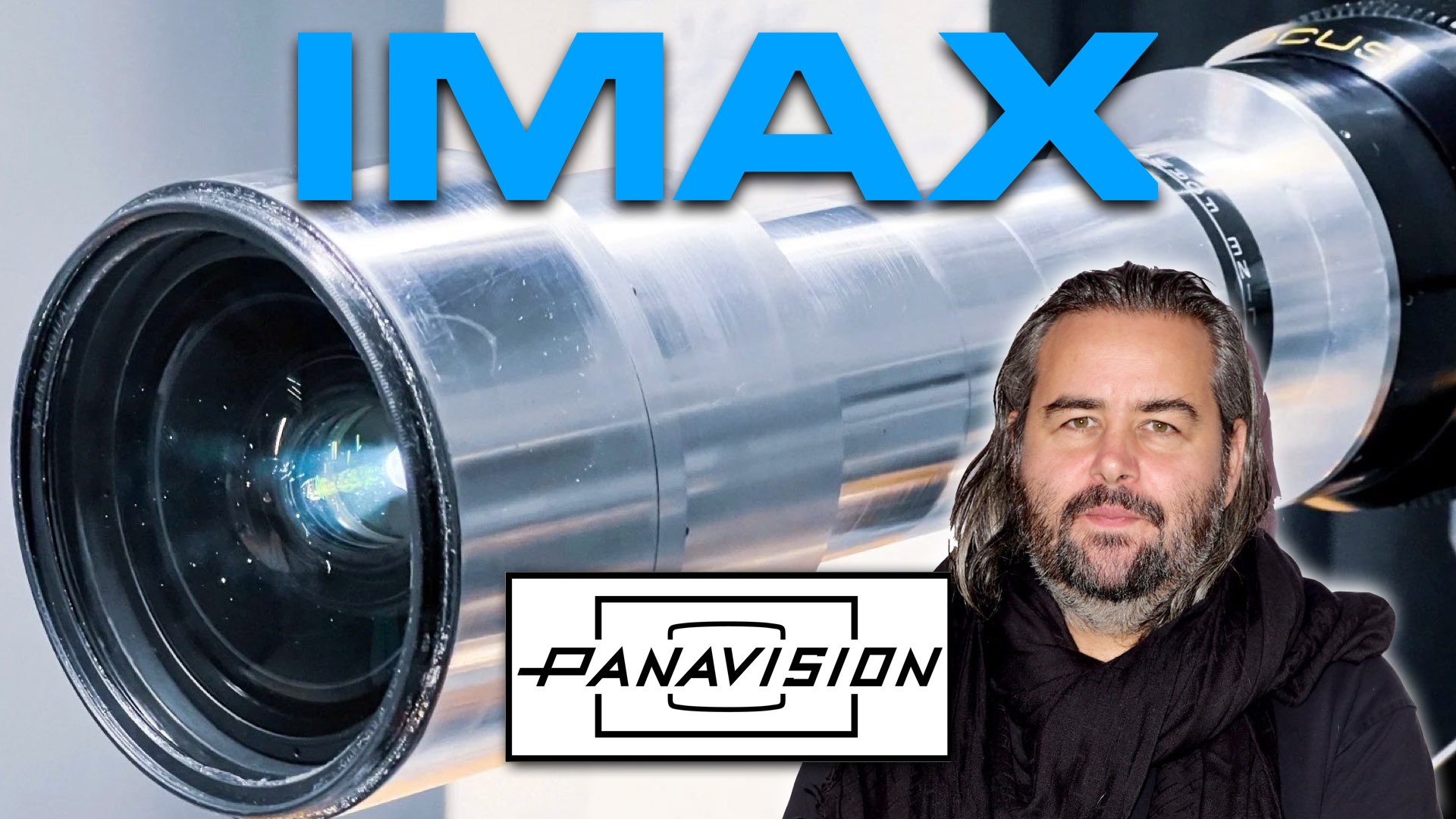
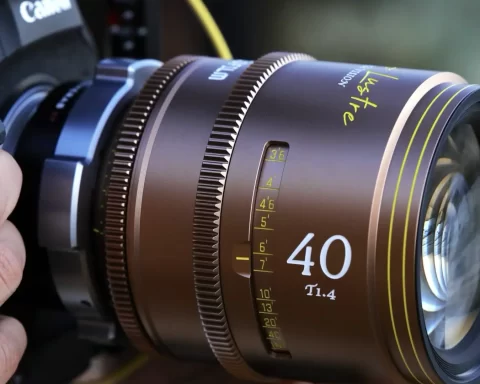

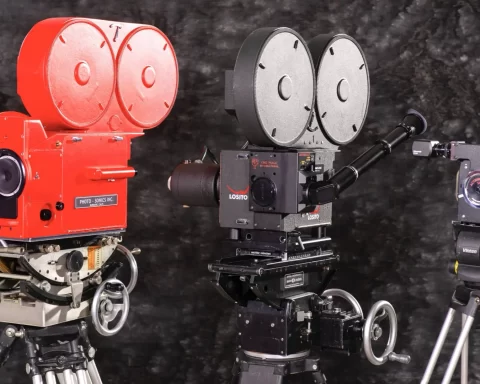

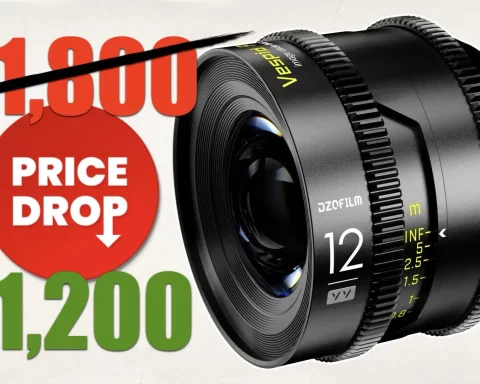
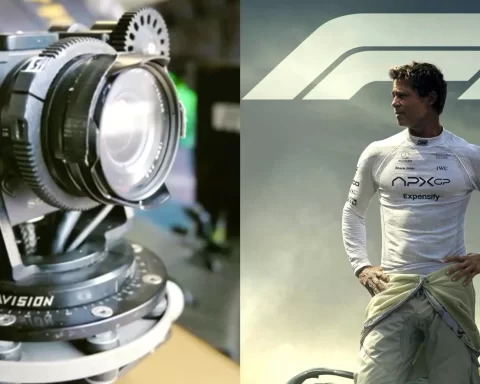

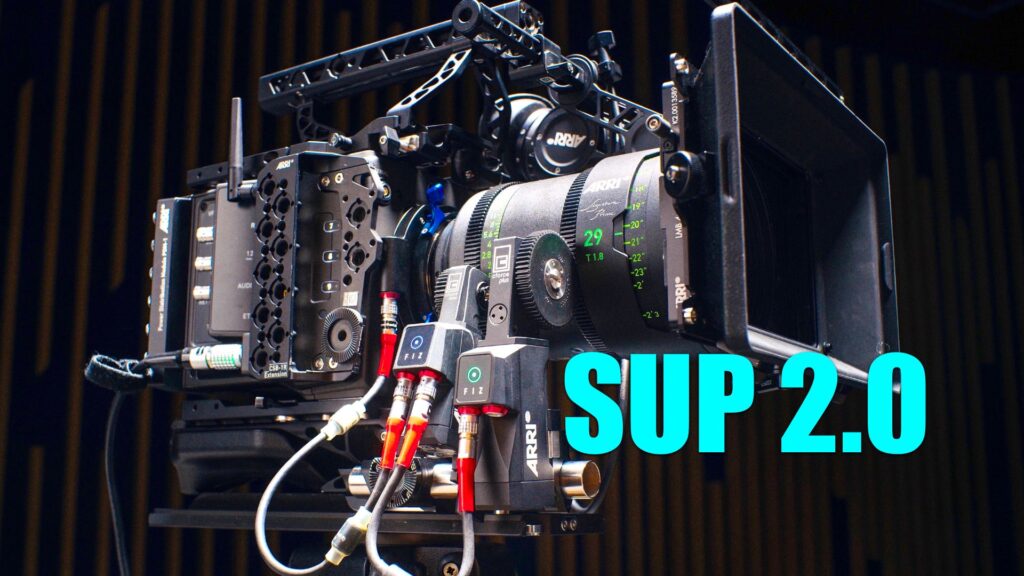


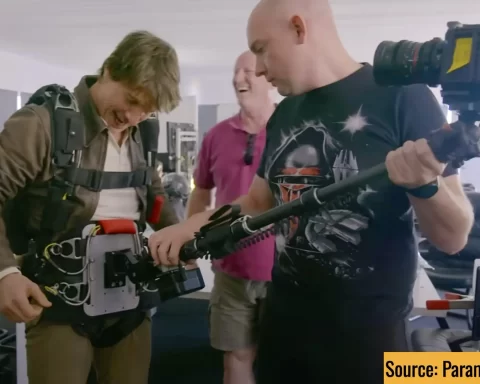


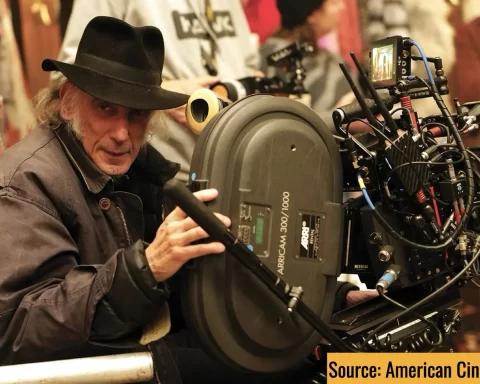
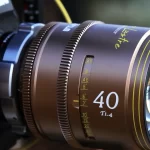
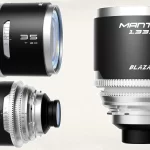
Infinity Photo-Optical has been making microscope lenses that maintain focus from infinity to 2 in. (5cm) and can focus from infinity from 0 to 16x (no typo). For information, visit infinity-usa.com and click on the TS-160 landing page. Also, visit my H Jay Margolis last six Linkedins. A complete “Studio in a lens case” costs c. $15,000 with five focal lengths and 45-degree and 90-degree prisms.
All formats are possible including IMAX.
Huh, interesting. So it is like a much bigger macro probe people have been using, but for medium format.